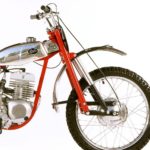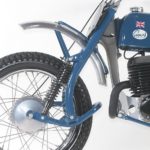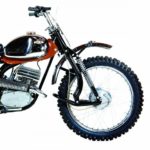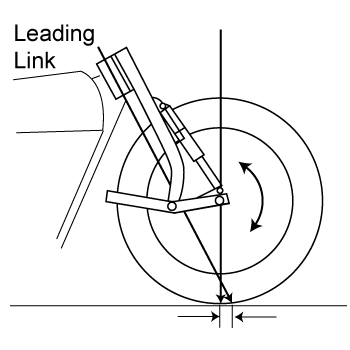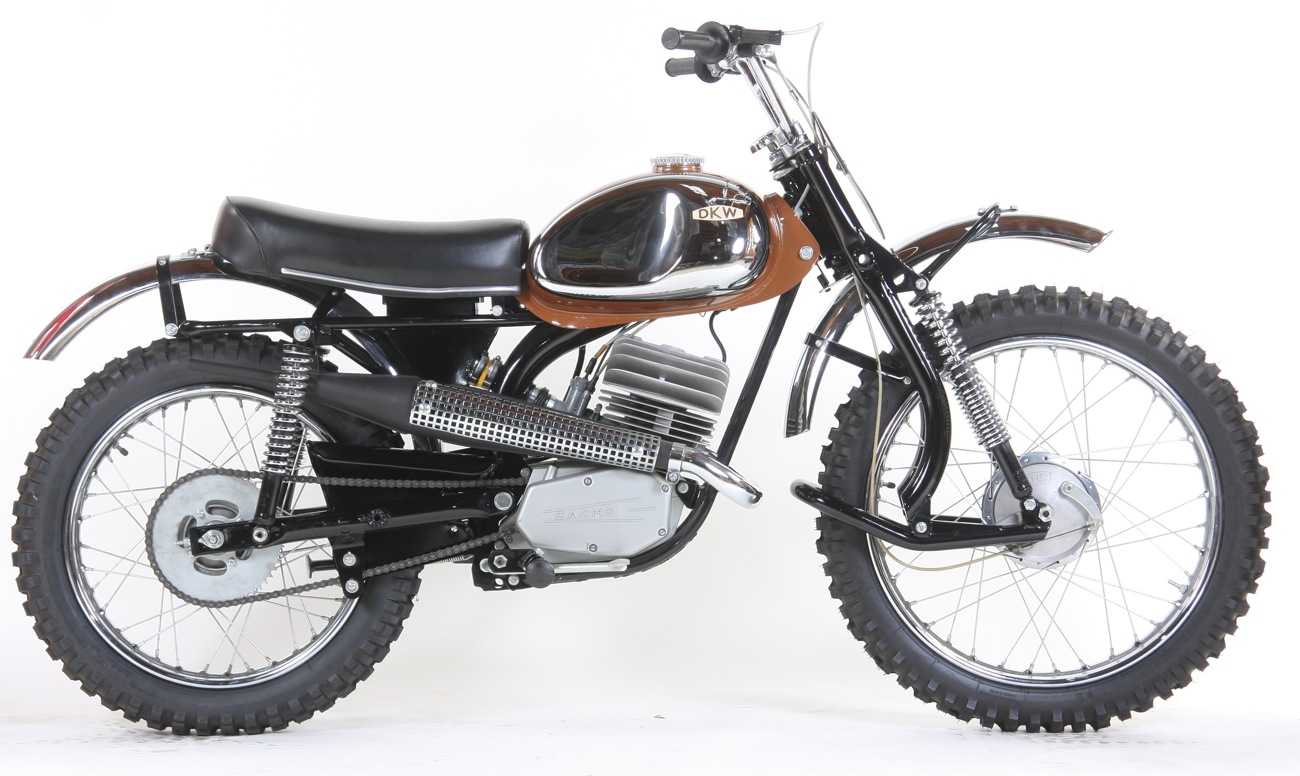In designing a motorcycle there are several critical measurements that must first be finalized.
From watching customers decide which bike to buy, over the years, and from my own riding experience, the first and most important measurement to be locked in should be the seat height. After all, these machines should be built to fit people and people come with various inseam lengths, within certain ranges.
Currently, go anywhere all-purpose motorcycles called “adventure bikes” seem to be built for people who are in the 32 through 36-inch inseam range. There simply are no all-purpose motorcycles built for the 25 inch through 30-inch inseam range.
In reality what this means is approximately 60% of the world’s population can’t buy a “go anywhere adventure type motorcycle” to fit their body at any price. The only motorcycles available to them are some of the cruiser models and motorcycles built for young children to learn on.
To put this into perspective the adventure type bike is the popular two-wheel equivalent of the crossover style car that’s the biggest seller now in the automotive market.
It seems to me there is a huge chunk of business available to the company who takes the time to develop a line of go-anywhere motorcycles to fit the 25-inch through 30-inch inseam range of people. With all the millions of short people, which includes most females and a huge percentage of males available as customers, that market could be larger than the current motorcycle market we see now.
Some original design work will have to be done for sure, but the prize available in the end will be a whole new market for motorcycles every bit as large as the current market or larger.
To see if you would be a customer in this new market segment simply measure your inseam length.
It’s an often ignored safety issue, but the closer you can come to being able to touch the ground flat-footed at stops or in panic situations, the more control you have over your motorcycle.
My motorcycle passion has always been in trail riding and off-highway competition. To do that with my 27-inch inseam length, I’ve always had to build my own special motorcycle frames with components from various bikes to achieve the control and comfort I desired. One thing I learned early on, was that the maximum suspension travel I could use with my inseam length was 7 inches.
My effort then became to experiment with various 7-inch travel forks to see which ones gave me the control, handling, comfort and safety trail riding and off-road racing required, with my inseam length. The best handling and smoothest riding ones were leading link forks from Dot, Greeves and Sachs.
Both Dot and Greeves had relatively useless Villiers engines, so I simply used their forks, which were great, with much higher tech engines from other makers in my modified 29-inch seat height frames. With about 2 inches of suspension sag, as my weight found the seat, I could put my feet flat on the ground. With my race clothes on, and ready to ride, my weight was right in the 160-pound range so it didn’t take huge engines to make me very competitive overall.
So there I was racing through the forest, or the desert, in relative comfort as most of those around me were wearing themselves out on motorcycles that didn’t fit them and certainly didn’t ride as good as mine.
~Herb Uhl
